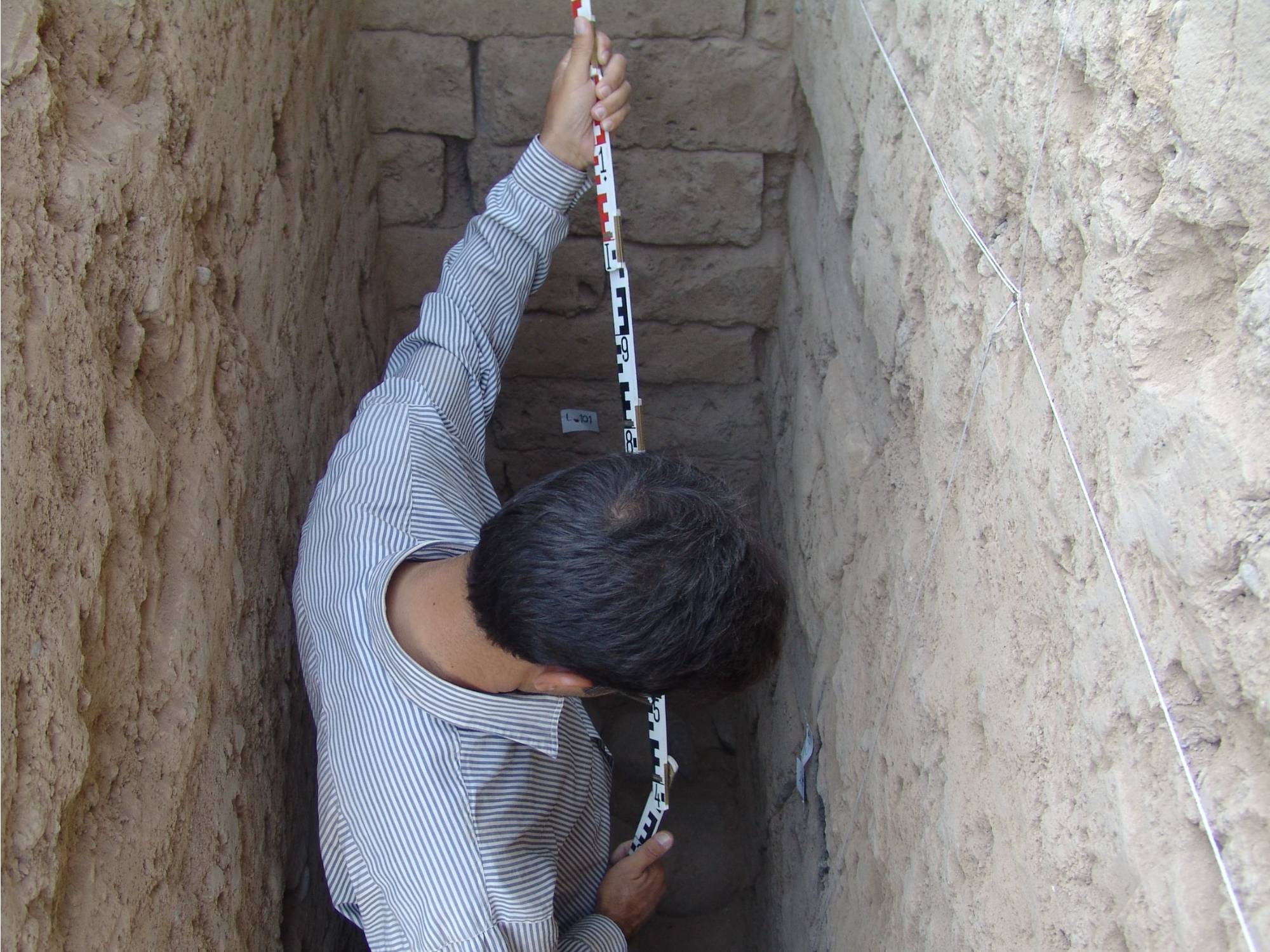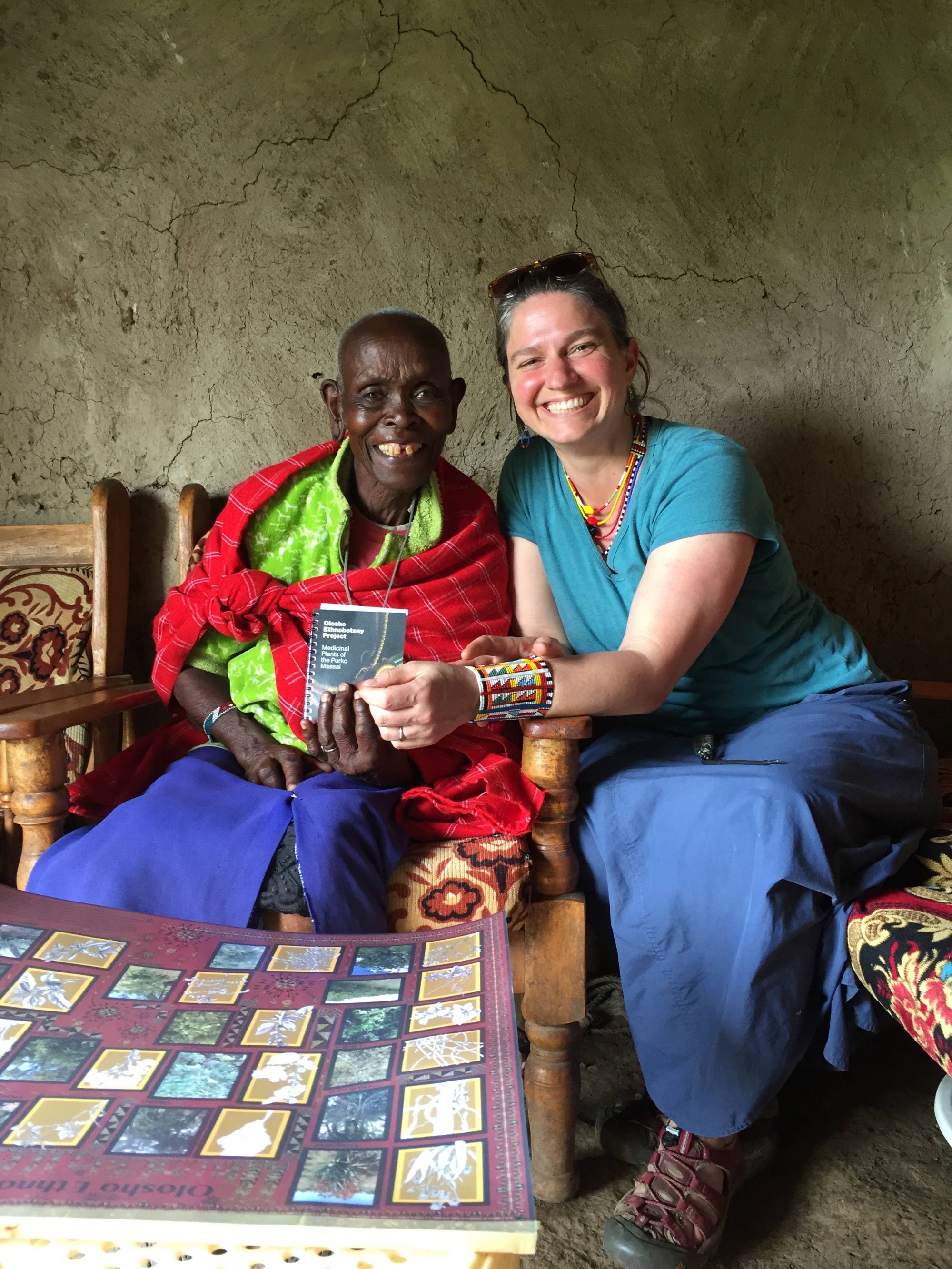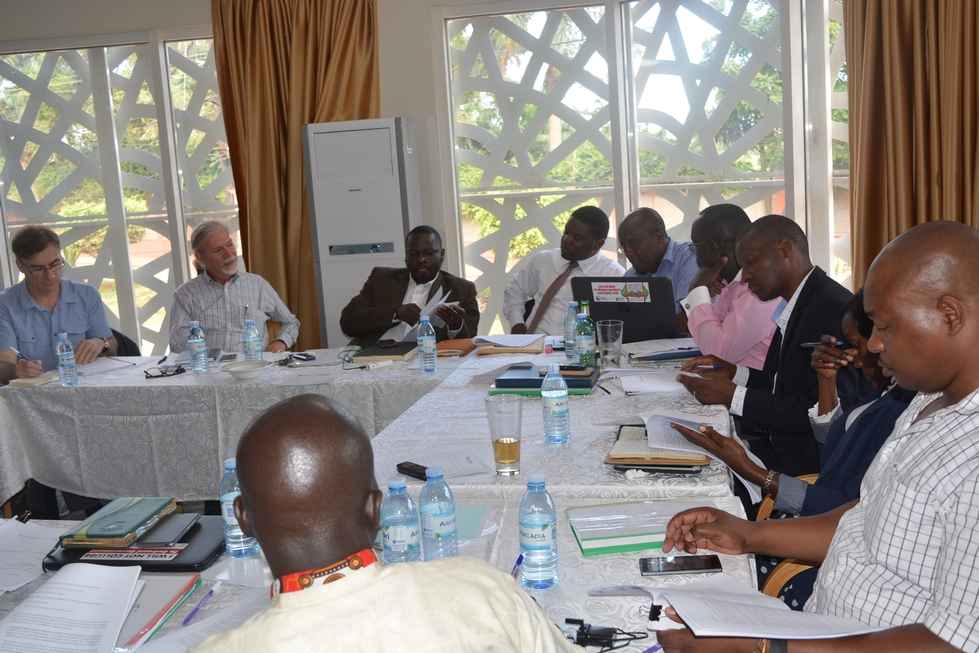Faculty Projects

Alizadeh, Karim, Sepideh Maziar, and M. Rouhollah Mohammadi (2018) The End of the Kura-Araxes Culture as Seen from Nadir Tepesi in Iranian Azerbaijan. American Journal of Archaeology. 122,(3): 463–477. DOI: 10.3764/aja.122.3.0463
Alizadeh, Karim, Siavash Samei, Kourosh Mohammadkhani, RezaHeidari, and Robert H.Tykot (2018) Craft production at Köhne Shahar, a Kura-Araxes settlement in Iranian Azerbaijan. Journal of Anthropological Archaeology. 51: 127-143. https://doi.org/10.1016/j.jaa.2018.06.006
Alizadeh, Karim. (2019) Overlapping Social and Political Boundaries: Borders of the Sasanian Empire and the Muslim Caliphate in the Caucasus. In The Archaeology of Medieval Islamic Frontiers. Edited by A. Asa Eger. DOI: 10.5876/9781607328773.c007
Medicinal plants play a crucial role as ‘first aid’ in the health care needs of indigenous communities throughout the world. In East Africa, the Maasai are a well-known pastoral society whose traditional ecological knowledge of local herbs has supplied many of the healing properties needed for typical household health concerns. However, this component of heath care is currently threatened. Due to the rapid spread of urbanization, land loss, exploitation, and mismanagement, the use of traditional ecological knowledge (TEK) in the community is decreasing. The Olosho Ethnobotany Project, under the direction of Dr. Kristin Hedges, is run out of the GVSU Anthropology Department. In partnership with the National Museums of Kenya and the Olosho Initiatives community-based organization, this project aims to document and preserve medicinal plant knowledge among the Maasai tribe in Kenya. This multi-year project was launched in the summer of 2017.
Students interested in getting involved with the project should contact
Dr. Kristin Hedges [email protected]

GVSU medical anthropologist joins others worldwide to offer insight on fear, stigma and the social science of a pandemic
Kristin Hedges, seen here in this 2018 photo, is working with fellow medical anthropologists worldwide on the social science behind the COVID-19 pandemic. Photo Credit: Amanda Pitts
Click to view article in GVNext
Horn III, Sherman, Anabel Ford, and Paulino Morales (2018) Lasers, Lasers, Everywhere – and All the Trees did Shrink: Reliable Methods and Results
from LiDAR-Guided Survey at El Pilar. Research Reports in Belizean Archaeology. Archaeological Investigations in the Eastern Maya Lowlands:
Papers of the 2018 Belize Archaeology Symposium. Edited by John Morris, Melissa Badillo, and George Thompson 16: 143-155. Link
Ford, Anabel, and Sherman Horn (2018) Above and below the Maya forest. Science. 361 (6409): 1313-1314. DOI: 10.1126/science.aav0887
Description
Today, many general-education archaeology courses are large, lecture-style class formats that present a challenge to providing students, particularly non-majors, with opportunities to learn experientially. This laboratory-style manual compiles a wide variety of uniquely designed, hands-on classroom activities to acquaint advanced high school and introductory college students to the field of archaeology. Ranging in length from five to thirty minutes, activities created by archaeologists are designed to break up traditional classroom lectures, engage students of all learning styles, and easily integrate into large classes and/or short class periods that do not easily accommodate traditional laboratory work.

Dr. Hedges
This summer I was able to launch a new project called Olosho Ethnobotany project. This applied community-based project is working with local Maasai healers to document medicinal plant usage. Maasai traditional ecological knowledge of local herbs supplied many of the healing properties needed for typical household health concerns. However, this component of heath care is currently threatened. This project attempts to understand how health care seeking behaviors are changing in response to modernity and poverty..
Through working with a local community organization in Narok, Kenya and an affiliation with the National Museums of Kenya I was able to complete phase one of the project. During the summer I was able to collect 22 plant samples and record a description of their local medicinal usage. I was also able to conduct 20 household interviews on the health care decision making process over the use of traditional medicine versus pharmaceuticals.
This semester I am looking for students interested in working on this project to assist with transcriptions of interviews, data processing, and graphic design. The next step will be to develop a small reference book of medicinal plants from the data collected, professionally print and return these books to the community for local daily use. Community elders are very excited about this portion of the project; they are hoping that by writing down the knowledge the value will be increased for the younger generation.
[1509378390].jpg)

Dr. Rhoads
I spent 6 weeks in Uganda (April-June) working with colleagues at the Advocacy Coalition for Development and Environment (ACODE, Kampala). ACODE is Uganda’s #1 research institute/Think Tank. I was following up work begun during my 2014-2015 sabbatical there. My main collaboration was advocating for a national resettlement policy, building upon my earlier study with ACODE on the impacts of forced resettlement due to land acquisition caused by oil sector development. My advocacy involved a) writing and presenting a civil society response to the proposed national policy (on behalf of the Civil Society Coalition for Oil and Gas, an NGO); b) facilitating meetings to connect civil society organizations (e.g., ACODE) with the consultants contracted by the government to draft a national Land Acquisition, Resettlement and Rehabilitation Policy (LARRP); and c) preparing publications, such as "Policy Framework for Land Acquisition and Resettlement: Safeguarding Community Livelihoods in Uganda," in Natural Resource Governance and Sustainable Community Livelihoods in Uganda; and "Assessing Public Expenditure Governance in Uganda’s Agricultural Sector,” in Public Expenditure Governance in Uganda. Both will be published by Lynne Reinner Publications, 2018.

